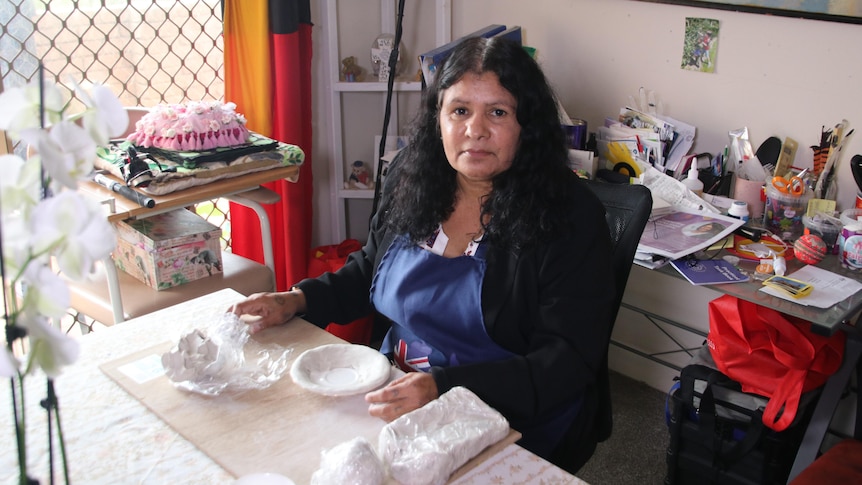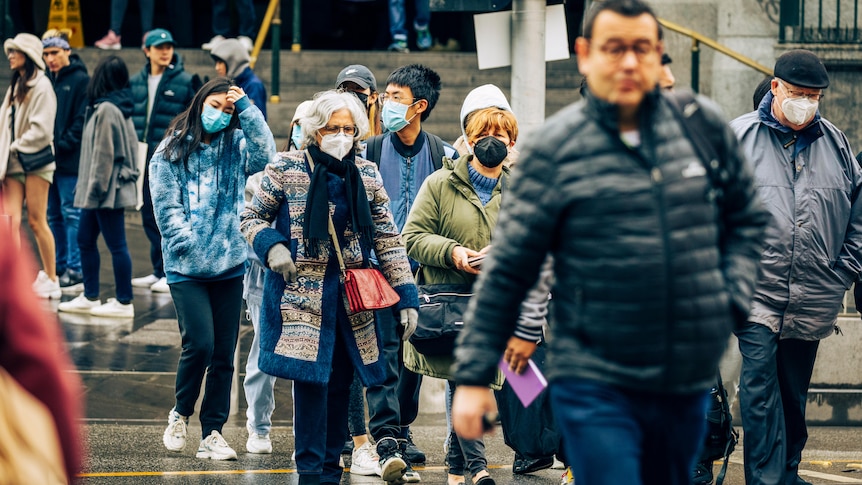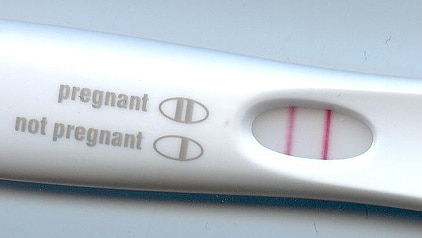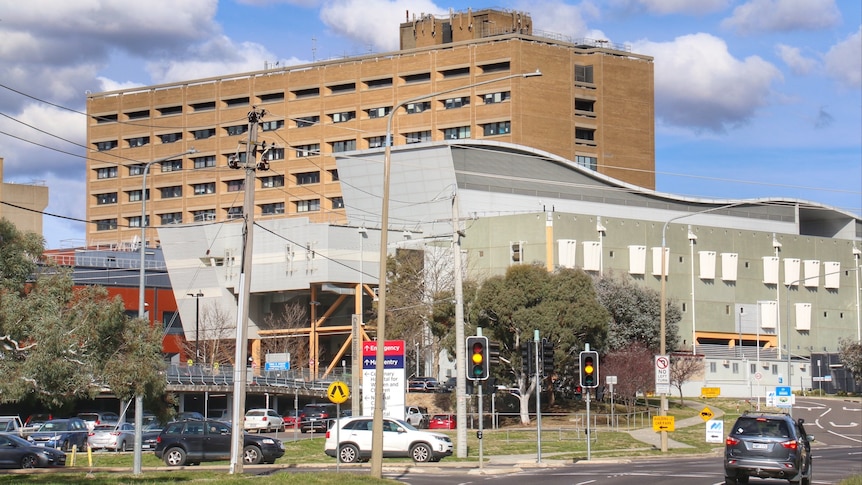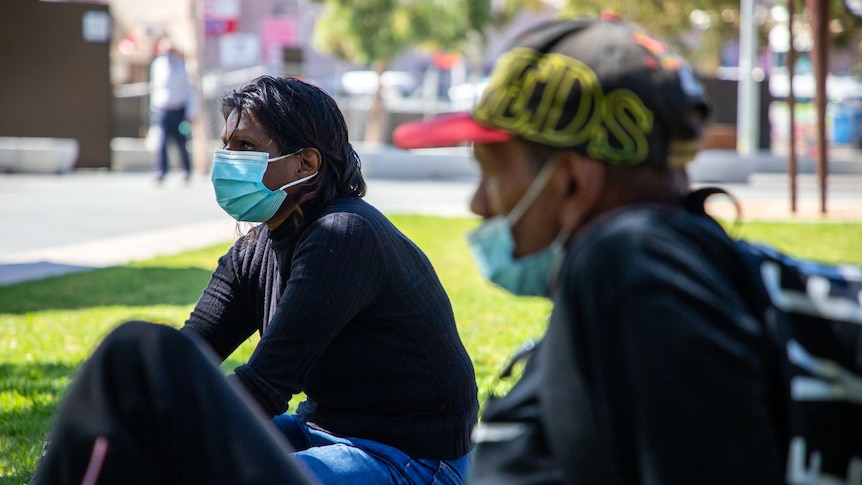Losing her leg to cancer was a traumatic enough experience for Anthea Corbett — but having no home to recover in made things much worse from a psychological and emotional perspective.
Key points:
- The StayWitch’s program offers beds for homeless people leaving hospital
- It aims to ensure they don’t end up back in hospital soon after being discharged
- StayWitch is based on a program having some success in Boston
“It was hard because, you know, the same time, when you’re homeless, you just want to stay alive,” she said.
“Basically, you’ve got to protect yourself and you got to be careful, because some people are rough, especially guys, when it comes to a woman being homeless.”
A new Perth program is offering respite for homeless people who have just come out of hospital, addressing the “revolving door” issue that sees them struggle to recover on the streets.
Inspired by how the US city of Boston, Massachusetts tackles health care for the homeless, an old backpacker accommodation in Northbridge has been transformed into a short-stay facility for homeless people who have been discharged from hospital.
The Medical Respite Center is funded by the Department of Health with philanthropic support and offers 20 medical and 10 non-medical beds, providing a safe place to sleep and recover and helping connect people with health care services and support to get housing and accommodation.
homeless people die younger
Homeless Healthcare chief executive Andrew Davies, who initiated the set up of the StayWitch’s service, said the interaction between health and homelessness was “huge.”
“We’re finding that the average age of death is about 48 years old, which is incredibly poor when you compare it to the mainstream community,” he said.
“Being homeless is the biggest factor.
“It’s very hard when you’re living a chaotic life on the streets to manage your chronic illnesses and so they get neglected and people gradually deteriorate and don’t do so well.”
Dr Davies said the pilot program’s success had exceeded expectations.
“Basically, it really seemed to fill that need that I saw amongst my patients, where people were being discharged from hospital too early for them to be managing on the streets, which, of course, then ended up with them going back to hospital even sicker than they were the first time,” he said.
Respite center director of residential services Zoe Thebaud said the program had already made inroads.
“The point of this place is to kind of slow down the care, let people come, rest, recover from the hospital admission first,” she said.
“We’ve had people return to work. We’ve supported people into NDIS packages, supported people into accommodation with things set up so that they can actually stay out of hospitals.”
Boston originator welcomes Perth initiative
Dr Davies was inspired by Boston’s Dr Jim O’Connell, who is the keynote speaker at a Housing and Health Symposium in Perth during ShelterWA’s Homelessness Week.
Dr O’Connell — who is president of Boston Health Care for the Homeless Program — said the concept rose out of a desire to integrate the care of homeless people within the mainstream health system.
He said patients had wanted better respite care, instead of being left to return to the streets. Once that was provided, hospital readmission rates went down.
“We have a real problem in Boston with a lack of affordable housing,” he said.
“Rents are very high, vacancies are almost non-existent, and then we’ve also been struggling with both COVID and an opioid and other drug epidemic.”
Connecting with art
It was a chance conversation with someone from a Christian group in Northbridge that led to Ms Corbett getting and keeping her own unit.
Her life was now about staying off the streets and keeping connected with her support network, her family — and her art.
“This is my chance to do what was instilled in me as a child and I’m still alive and I can make something of myself,” she said.
She has started voluntary work to assist and advise others who find themselves on the streets.
.
